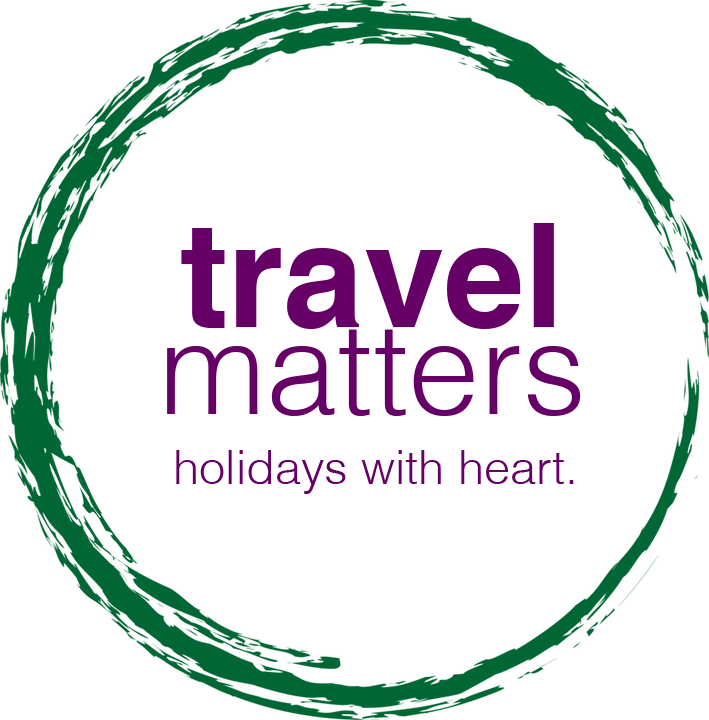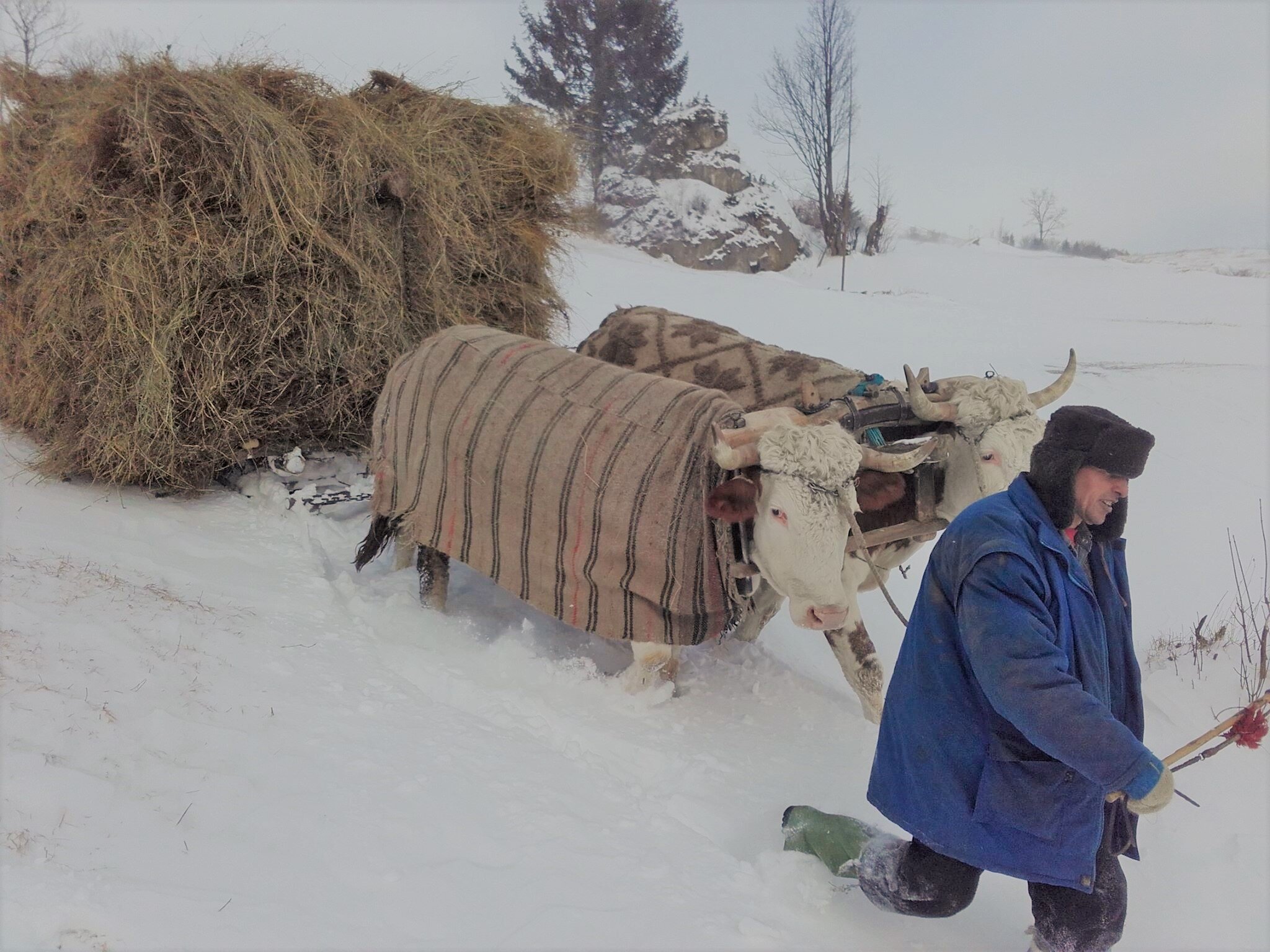A short travel guide to Romania
I have travelled to almost 40 countries on several continents. And the more I travel, the more I understand and appreciate the country I was born in and its people.
I was born in Romania, I’ve been living in Romania about 40 years now, I’ve lived through communism here, I witnessed its transition period to democracy and the open market, I’ve known its hopes and its problems. And I wish I could share all this with you.
Romania is and has always been a borderland of Europe, always at the frontiers of the big Empires. Romans, Dacians, Turks, Greeks, Hungarians, Germans, Jewish, Russians, Szeklers, Ukrainians, Serbs, they have all had their part in creating and defining our culture. Today this cultural mosaic is easily distinguishable in the traditional architecture, the traditional handcrafts, the music and costumes, cuisine and even people’s spirit.The best keeper of these influences and traditions is the Romanian village. So different from one province to another, but so unitary in spirit, the village has survived the communist efforts to destroy it and also the brutal penetration of what is often called the "Western capitalism", which here has taken the form of the unconscious break of a rather rich past. The Romanian village has survived and still is an island of tranquility, conscience, cheerfulness, modesty, community, and joie de vivre.
Discovering the different regions of Romania means discovering the country’s rich history and specific character.
Transylvania - a land of myths and legends that inspired Bram Stoker’s famous Dracula novel, with its medieval picturesque cities and villages, fortified churches, specific landscapes seems an important model for future productive and sustainable farming in Europe. His Royal Highness Prince Charles of Wales discovered this jewel after the fall of communism, appreciated it to its high value and has tried to help the local communities preserve their wealth.
Moldova, the center of Romanian spirituality, houses the highest concentration of monasteries, and monks and nuns in the Orthodox world after that of Mount Athos. The painted monasteries in Bucovina are an example of high value late medieval art.
Maramures with its wooden civilisation, a remote region in the high north-west of the country is still preserving a traditional way of life, combined in a specific way with modern influences, creating a contrast worth studying. William Blake discovered Maramures in the 90s and wrote the great novel “Along the Enchanted Way” based on his experiences here.
Dobrogea region, home of many Oriental influences, is the entrance gate to the Black Sea and the Danube Delta. The Danube Delta, an UNESCO Biosphere Reserve since 1997 is Europe’s largest wetland. Located in the south-eastern part of Romania, it offers from April to September the possibility of observing more than 150 species of birds in their habitat. Each outing on the great lakes, on the intricate network of the canals or large reed beds, in the willow and poplar forests, on shallow waters or salt marshes, is an occasion for new observations and discoveries.
And then there are The Carpathians, which cover one third of the Romanian territory. Although not very high (2,544m – in Fagaras Massif), they are extremely diverse. The flora of the Carpathians includes more than 1,350 species, among which many endemic. Intact forest habitats and the low degree of anthropogenic fragmentation of areas inhabited by large carnivores, made possible the existence of 2,750 wolves, 6,000 brown bears and 1,800 lynx in the Carpathians. About 50% of the population of large carnivores in Europe is in Romanian Carpathians. From spring to late autumn, Romanian Carpathians are offering excellent opportunities to observe and photograph large carnivores.
The Carpathians create a wonderful scenery, with green valleys nestled between foothills ascending to wild crags or precipitous gorges. The altitude villages encountered on the way, the small summer lodges built for the time of the hay harvest, the secret shepherds` paths through forests and meadows will bring a unique, pastoral fragrance to your travelling experience.
Come and see for yourself and let me guide you in a slow travel experience allowing you to discover the traditional and worth preserving part of Romania!
A guest blog written by Adina Camara, a managing partner of a tour company Explore Romania




